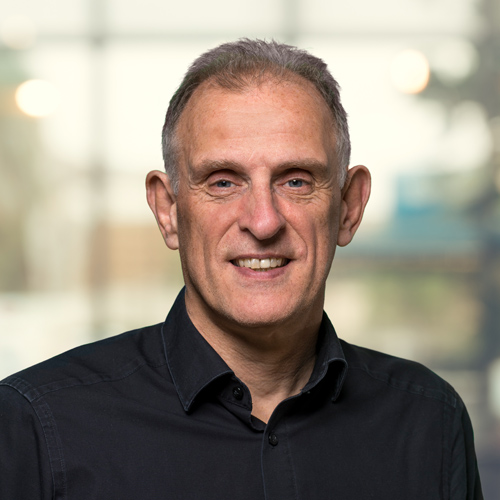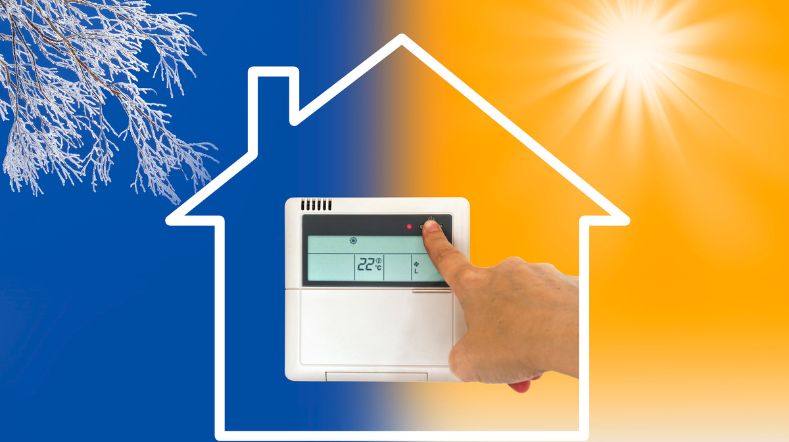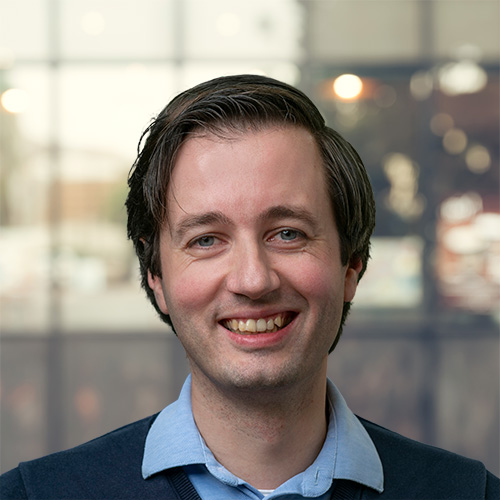
GO-e consortium researches flexible power grid
In cooperation with
GO-e consortium
The increase in the number of heat pumps, electric cars, and solar panels in the built environment is creating major challenges. This includes, for example, preventing overloading of the regional and national power grids. The Built Environment Electrification (GO-e) consortium is researching smart flexibility services as an alternative to reinforcing the power grid in the built environment.
About the project
The project runs until the beginning of 2024 and the Netherlands Enterprise Agency has granted a subsidy of 5.7 million euros for this purpose. The partnership consists of regional grid operators, service and technology providers, consultants, knowledge institutions, consumers, and business energy users.
Flexible use of electricity
If the use or generation of electricity can be varied over time, flexibility is created. Growth of emerging sustainable technologies provides opportunities to deploy smart flexibility services on a large scale in the built environment, for example, by charging electric cars at night, when there is less demand for electricity. Heat pumps can also provide flexibility.
Preventing overloading
Flexibility is an alternative to reinforcing the power grid. GO-e calculates how realistic this flexible deployment is. This allows regional grid operators to make substantiated decisions about whether, when, where, and how flexibility can prevent overloading of the power grid.

"We are investigating the stimuli under which consumers and businesses are willing to provide flexibility to the grid operator. Through this, GO-e not only contributes to the implementation of the ‘reinforce unless’ framework of Netbeheer Nederland, but also takes crucial steps towards realizing a future flexible energy system."
No need to worry
In order to have sufficient future flexibility within the energy system, the GO-e consortium is developing scalable flex services. This allows consumers and businesses to make automated flexibility from, for example, cars available to their energy supplier. The energy supplier then ensures better use of local energy sources and less peak load on regional power grids.
Many participants needed
Large-scale flexibilisation of electricity use is only possible if many end users participate. That is why consumers and business energy users are central to the design of the flex services and flex products in GO-e.
End users identified
In 4 'living labs', end-user preferences are incorporated during the design phase of the services. Three living labs are located in residential areas in Houten, Heeten, and Loenen (Veluwe), where flexibility services for consumers are being developed. The fourth is an Albert Heijn distribution centre where services are being developed to intelligently use flexibility from electric lorry charging.
About the consortium
The GO-e consortium is a collaboration of Alliander, Enexis, Stedin, ElaadNL, Greenchoice, Recoy, Itho Daalderop, ETPA, Technolution, Phase to Phase, DNV GL, Witteveen + Bos, TU Eindhoven, and TU Delft, led by TNO. Together with the end users from the living labs, this consortium represents the entire chain of parties needed to make flexibilisation successful. The consortium received a subsidy of 5.7 million euros from the Netherlands Enterprise Agency as part of Topsector Energy’s MOOI scheme. MOOI stands for Mission-oriented Research, Development, and Innovation.
Definition of archetypical neighborhoods for residential flexibility analyses
Every neighborhood and every network section in the Netherlands is different. In order to quickly gain insights into the potential of energy flexibility, the MOOI GO-e project defined archetypical neighborhoods as a starting point. This document provides the basis for the 8 defined archetypes at a neighborhood level, it describes how they were defined and generated for the entire area of the Netherlands, as well as the descriptions of each of the archetypes with respect to the chosen parameters. The archetypes follow from a data analysis by TNO in collaboration with ElaadNL.
Definition of archetypical neighborhoods for residential flexibility analyses
Get inspired
Heating and cooling solutions


Future-proof energy markets


Sustainable business parks


